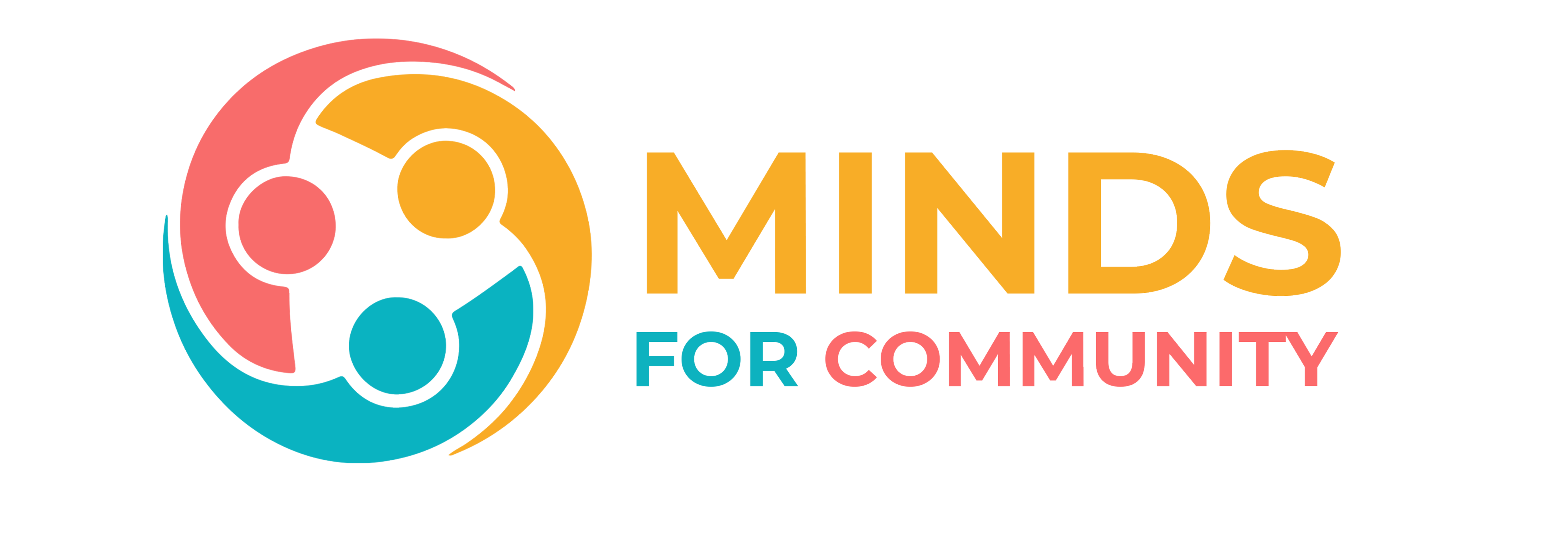We often hear about “toxic stress” in the news, about rising rates of anxiety and depression in children, and a growing body of research examining the extent to which negative events that young people are exposed to in childhood lead to symptoms of trauma and suffering. What is the environment that makes a child vulnerable to nervous stress caused by trauma?
Writer Hilary Jacobs Hindel stated in her report published by the American magazine “Psychology Today” that among the factors that generate psychological stress in the child is the factor of traumatic events such as the divorce of parents or any situation that makes the child feel emotionally exhausted and lonely for long periods of time.
The second factor is separation, that is, when children are separated from their parents, as happens with children on the Mexican border.
The third factor is emotional abandonment of the child, when a parent is unable to respond and interact with his/her child during the moments when he/she is most in need of moral support.
The author stated that the aforementioned cases cause many traumas to the child. If the child feels fear, a group of physiological changes occur that negatively affect his mind, brain, and body.
Fear creates a feeling of weakness and insecurity in a person, which subsequently leads to a state of despair and emotional stagnation.
All that must be done in order to help children suffering from toxic stress is to help them regain a sense of security by communicating with adults who provide them with the necessary care and attention, and respond to them emotionally.
Here are five ways that help you to deal with toxic stress:
Make sure to be with children
According to the British doctor and psychoanalyst John Bowlby, children need to feel safe in order to achieve success, and the first step towards providing safety for the child is to accompany them so that both parties can establish a relationship based on communication.
A child suffering from toxic stress becomes fearful, and the mere presence of someone in the room can comfort him/her, even in a situation where the child is displaying aggressive behavior that suggests he does not want to communicate.
Be gentle
The psyche of a child who suffers from the effects of trauma is characterized by fragility and complexity as a result of the imbalance affecting his nervous system. Adults should speak in a calm, low voice to the child, making sure to make eye contact and move slowly in order to avoid disturbing or disturbing his/her fragile nervous system.
Play promotes safe communication
Play gives us a good feeling, regardless of age, and helps the child feel comfortable and calm, as it involves more than just a game, as it gives him the opportunity to communicate, smile, and speak with a cheerful tone and tone of voice, in addition to movement, which works to calm the child’s mind.
Help the child express his feelings
The ability to describe emotions helps relax the nervous system. Parents can tell stories, whether about personal experience or ones they write, in order to help children describe their feelings.
There are many ways that allow children to express what they are feeling, such as giving them drawings with small faces that express certain feelings, where they can each time point to those that express them.
The child can be helped to express his/her feelings using a variety of creative methods, including art, play, storytelling, puppets, or by helping him express his/her feelings verbally or physically.
Hug the child and give him/her affection
Hugging and physical contact will likely help calm a baby’s stressed nervous system. You can determine the extent of the child’s acceptance and interaction with this issue through his/her looks.
If you notice a state of stagnation, consider this behavior as a protest, but if he/she shows signs of relaxation, this is evidence that he/she accepts this type of communication.






